ROTA, Spain - The ship looms in the pre-dawn grayness like a hulking monster, its ramp leading up to a yawning mouth. As the first aircraft rolls up, the steel ramp creaks and groans as if waking from a deep slumber.
One mission is complete as members of the 159th Combat Aviation Brigade (Air Assault) depart Afghanistan and return to Fort Campbell, Ky. Another mission is just beginning as the Theater Aviation Sustainment Manager-Europe begins the long process of moving the unit's aircraft back to the States. Dozens of UH-60 Blackhawks, AH-64 Apaches and CH-47 Chinooks have to be moved halfway around the world.
It's a difficult journey. The aircraft are loaded onto C-17s in Afghanistan and flown to the airfield at the U.S. Naval Station in Rota, Spain. From there, the aircraft are trucked to port facilities where they are loaded onto a ship before crossing the Atlantic Ocean and being unloaded in Jacksonville, Fla. From there, the aircraft are flown to U.S. Army Materiel Command depots in the U.S. for reset and maintenance before being returned to the unit at Fort Campbell.
The task isn't easy, but as the organization responsible for the transportation of aircraft in and out of the European theater of operations, it's all in a day's work for TASM-E.
"We have been executing boat loads and transportation missions in Spain for four years," explained Dave Strotheide, DynCorp crew lead for the mission. "The mission has become more well-defined over the years, and we've pretty much got the entire process down to a science."
In addition to aircraft transportation, the TASM-E also handles some maintenance on the aircraft prior to loading them onto the ship.
"We have to do some maintenance in order to prepare the aircraft for shipment," Stortheide said. "Particularly with the UH-60 Blackhawks, we have to make sure that the tires are at the proper pressure and the struts are at the correct height. We only do light maintenance here in Spain - just enough to ensure they can be loaded and transported without suffering damage. The heavy maintenance is done back at the home station."
Loading the aircraft onto the ship is akin to piecing together a giant jigsaw puzzle. The ship's hold is sprawling and spacious, but it's filled with ramps, stairwells and steel support columns and beams. The aircraft have to be pushed up the ship's ramp by a tractor, while the driver is backing up the ramp looking over his shoulder. Once inside, the aircraft have to be maneuvered around the columns and into position, again while being maneuvered by a tractor.
Once the tractor has gone as far as it can go into the ship's hold, the rest of the placement is accomplished with sheer muscle power. Stevedores and specialists literally push the aircraft into place by hand, leaving only inches between aircraft as they are moved into their final positions and strapped down for the transatlantic journey.
Caution is key - any bump to the aircraft could result in thousands of dollars in damage. The fact that the TASM-E crew loaded all of the aircraft onto the ship without a single incident of damage to any of the aircraft is a testament to their professionalism and skill.
While the U.S. Army has the lead for aviation transportation missions in Spain, the operation is truly a joint and international endeavor. The boat is a U.S.- lagged carrier under contract with the Surface Deployment and Distribution Command, which is allowed into the port in cooperation with the U.S. Navy. Additionally, the Navy provides support for purchase requests for the Army team on the ground through its fleet support program and assists the Army by providing fire crew support, an important element considering the aircraft can become overheated during ground movement. The U.S. Air Force is involved as well, providing C-17s for strategic air missions in support of aviation transportation as required by the Army. Rota is a Spanish military base on which the Navy is a tenant, and Spanish personnel assist the Army with the movement of the aircraft.
"We simply could not accomplish this mission without the support of our fellow services and our Spanish allies," said Lt. Col. Kye Allen, chief of the TASM-E. "The operations in Spain are a true example of cooperation between military branches and governments. In addition to supporting our operations in Rota, the Spanish also assist us with the actual aircraft movement by towing the aircraft between the airfield and the port. They are very, very good at towing operations, and they are essential to our mission success."
SDDC is also an integral player in accomplishing the mission.
"SDDC plays a huge role in our operations," emphasized Dave Storts, a Department of the Army civilian responsible for overseeing TASM-E operations in Spain. "They provide us with boats, trucks and ramps - anything we need to load aircraft safely onto the ship. Their presence is an integral part of our operations, and, frankly, we couldn't do this without them."
Every mission has its challenges, and this operation was no exception.
"Two of the aircraft got warm during the tow from the airfield to the port," said Strotheide. "Fortunately, one of the Spanish drivers noticed the issue immediately, and the Navy fire crew was right there with us on the ground, so we were able to address the problem quickly and continue with the operations."
While the process may sound cumbersome - moving aircraft by plane from Afghanistan to Europe, then by ship to the United States, it's actually an incredibly cost-effective plan, saving the U.S. Army millions of dollars.
"Because of the distance, strategic air movement of the aircraft from Afghanistan back to the U.S. is simply too expensive," explained Strotheide. "By using a combination of strategic air transport out of theater into Europe and then using a ship from Europe to the U.S., we saved the military thousands of dollars last year alone in transportation costs."
Even more than saving the military money, the TASM-E prides itself on taking care of its customers - the Army unit and its Soldiers.
"This is the second time that I've worked with the TASM-E team in Europe," said Lt. Col. Chris Wolfe, commander of Task Force Troubleshooter. "I'm incredibly impressed by their efficiency, their work ethic and their skill at maneuvering aircraft onto a ship. It's a difficult job, but they do it very, very well, and I am never concerned when my aircraft are being handled by a TASM-E crew."
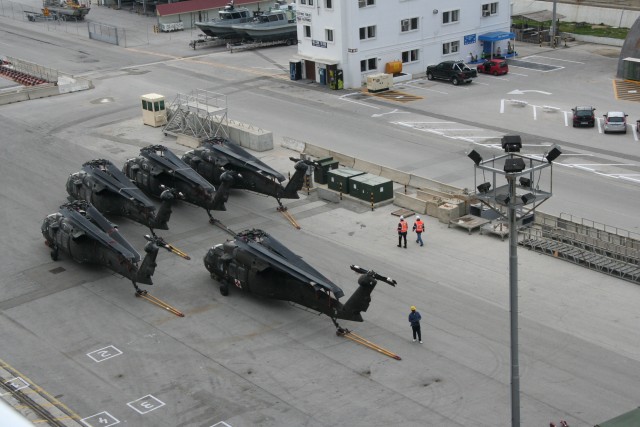
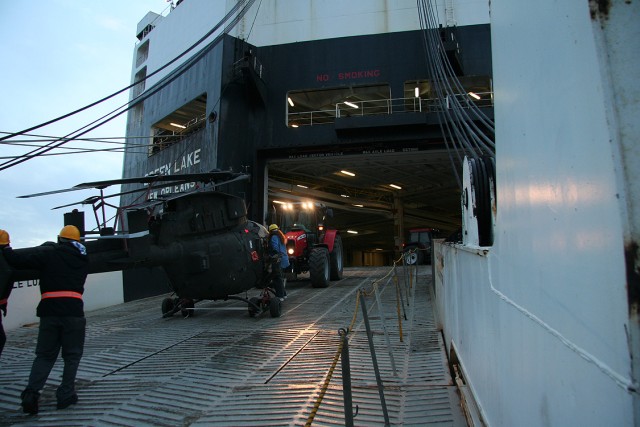
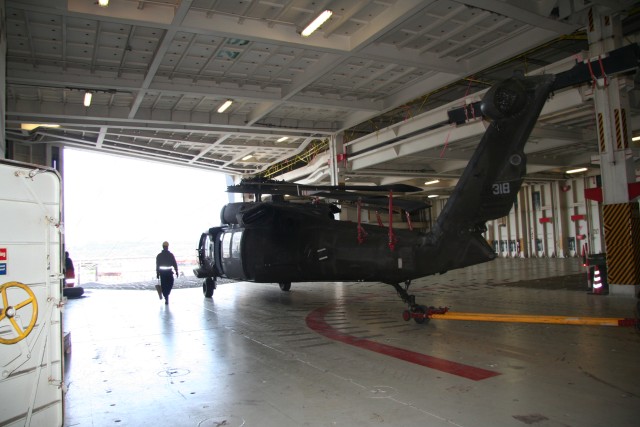
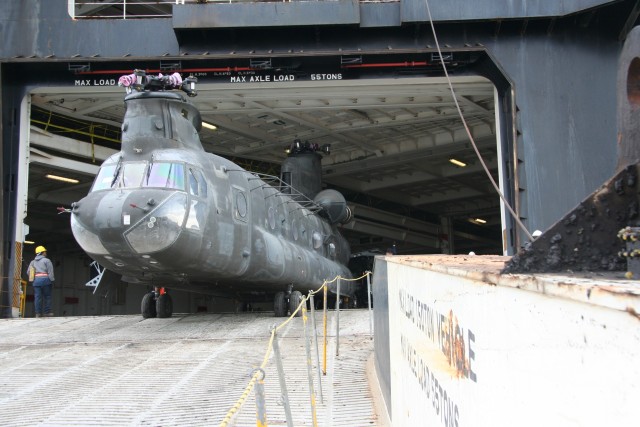
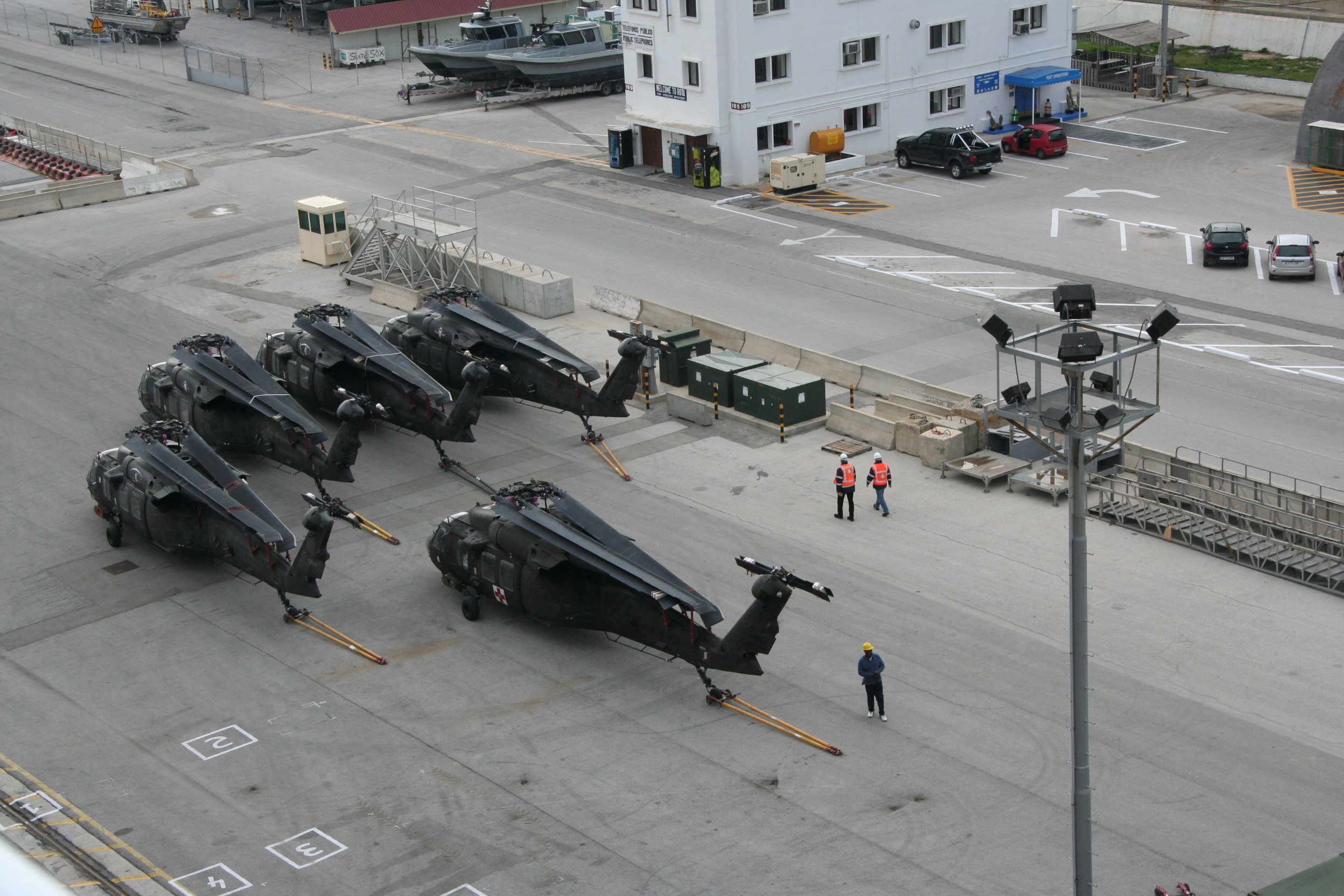
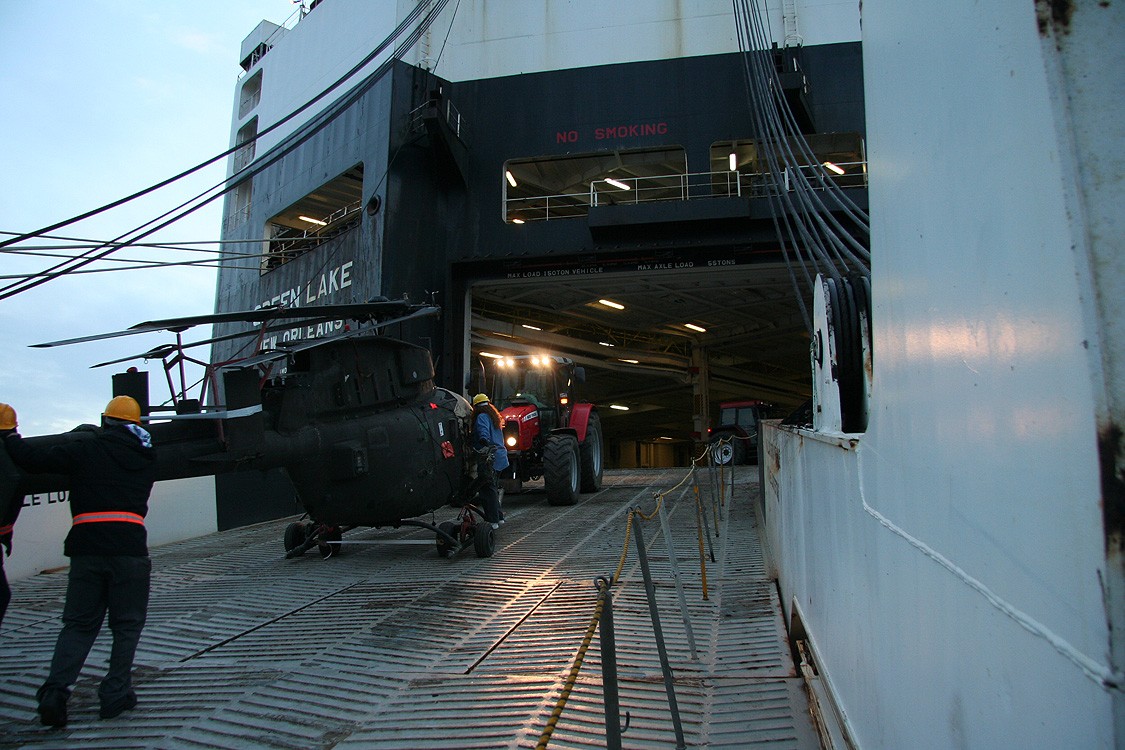
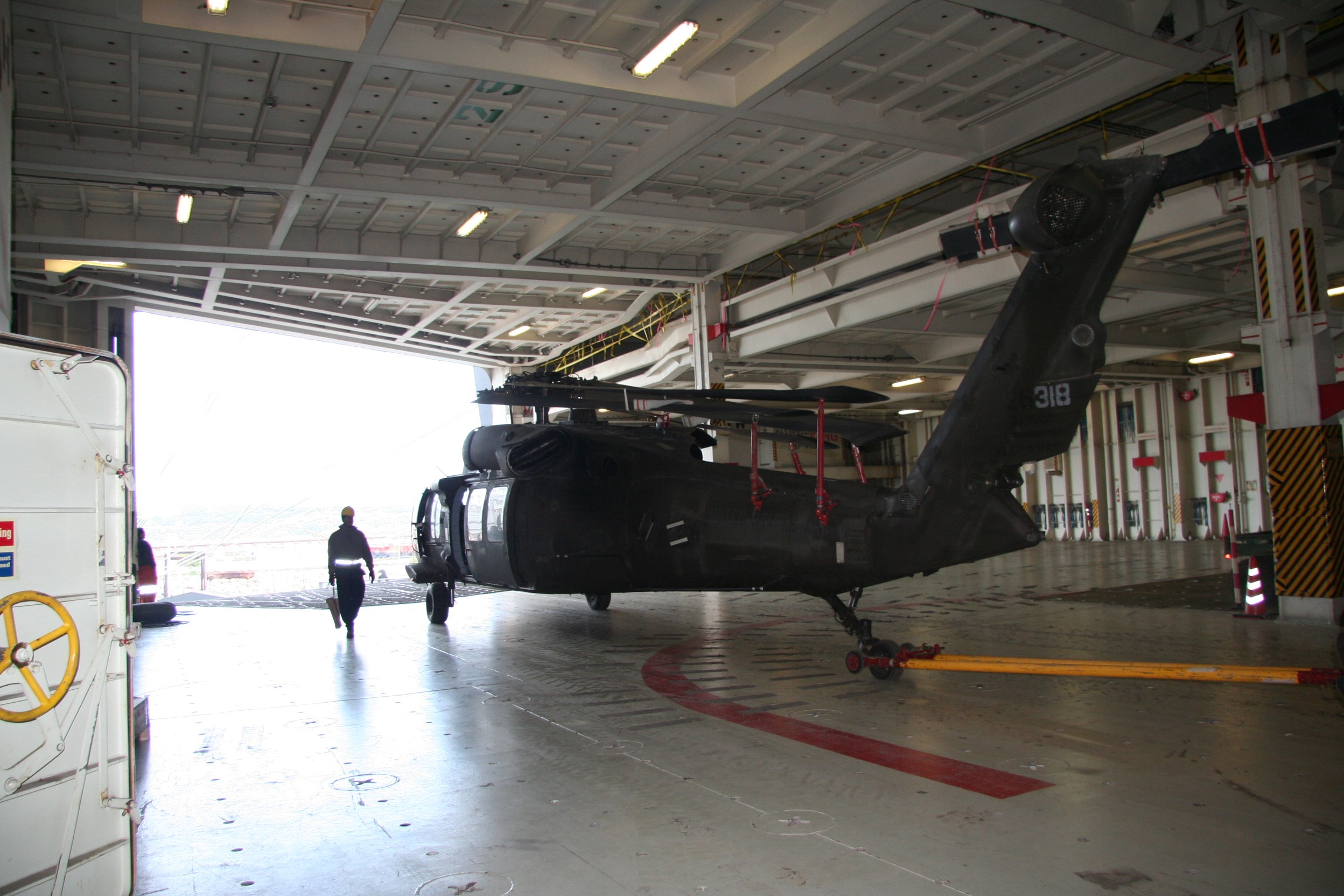
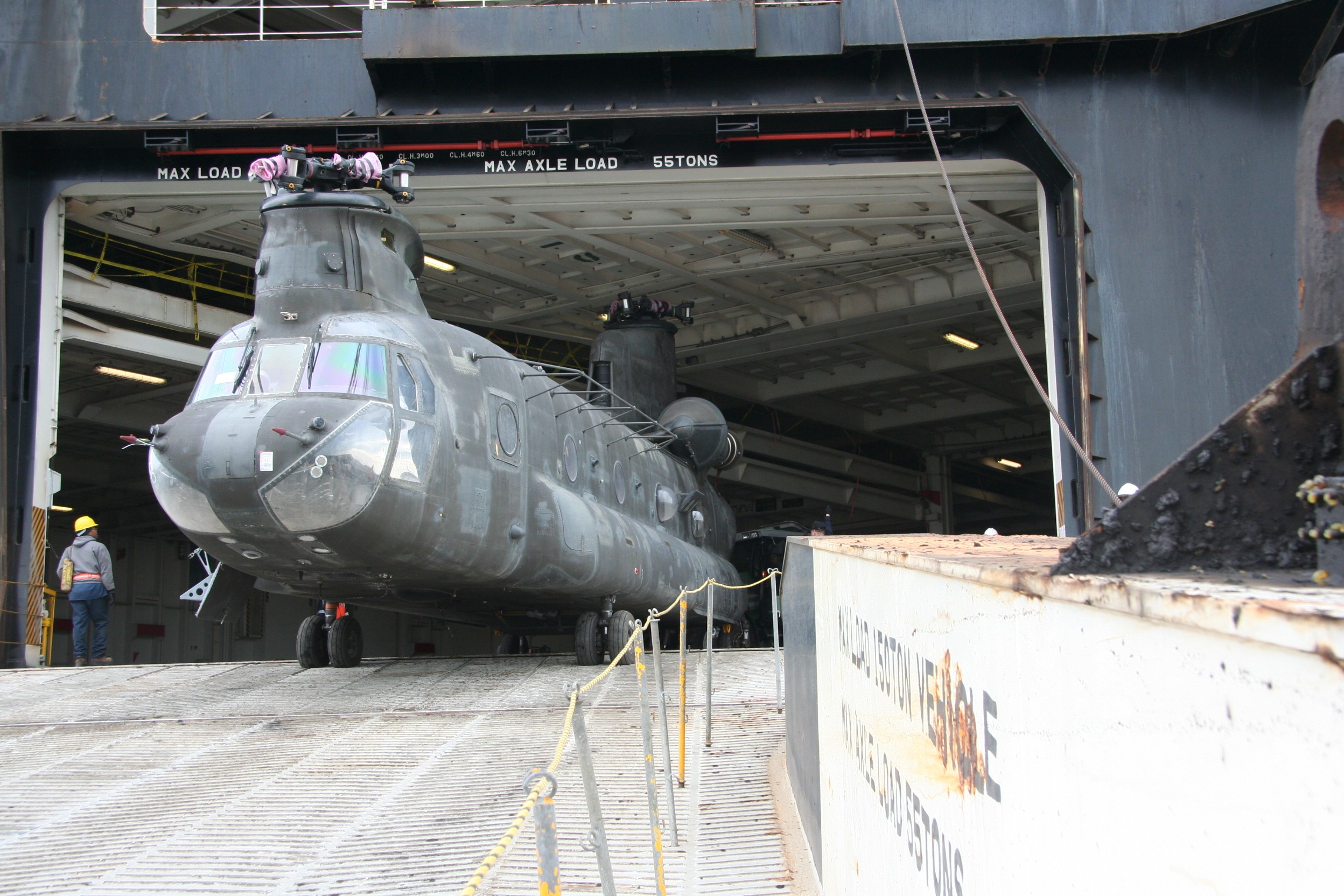
Social Sharing